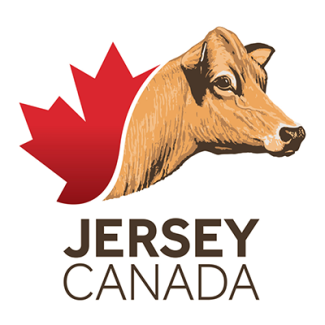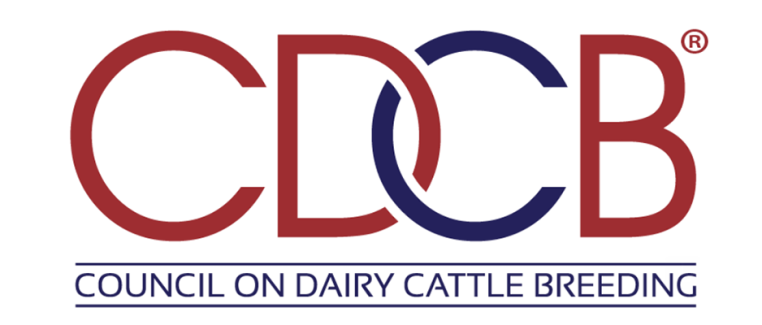Even as Asia makes clear strides in taming hunger and famine, the rapidly modernizing continent needs to focus more on diversifying its diet or risk failing to quell malnutrition, with milk having the potential to help, the UN Food and Agriculture Organization said in a report.
“We still have nearly half a billion hungry people in this region,” said Kundhavi Kadiresan, FAO’s assistant director general. “This report is an eye-opener.”
With greater political stability and modern farming techniques, undernourishment rates halved in Asia from 24.3 per cent to 12.3 per cent in the past 25 years, satisfying one of the UN’s Millennium Development Goals, the report said.
As people move from the countryside to big cities by the millions, diets are changing from ones dominated by rice to more Westernized versions incorporating more fruits, vegetables and meats. Calories from starches declined by 50 per person a day while ones from fruits, vegetables, and meat increased by over 300 per person a day, the report said.
But despite this improvement, the changing diets aren’t all good news. Like citizens in the West, people in Asia are exercising less and chowing down heavily processed foods filled with sugar and fat instead of traditional ones like chickpeas. This means many still aren’t getting enough nutrients like zinc, iron, or vitamin A. Obesity levels are skyrocketing, rising more than 4 per cent a year, the report said.
So as dire hunger becomes less common, balanced and diverse diets are becoming a more pressing issue. Agriculture experts acknowledge they have been obsessed with rice, wheat and maize in the fight against hunger, at the cost of overlooking whether expanding diets are also nutritious.
“It has filled the belly, but it is creating a lot of problems,” said Kadambot Siddique, a professor at the University of Western Australia.
“We must make this distinction between hunger and malnutrition,” said Biraj Patnaik, a food policy adviser to India’s government. He said India is in the process of eliminating hunger, but has only reduced undernutrition by 1 per cent in the past decade.
With persistent hunger in South Asia, only two out of 19 developing Asian countries are on track to reach the UN’s Sustainable Development goal of zero hunger by 2030, and seven by 2040, the study said.
However, changing tastes in food means Asians are drinking more milk, a cheap and nutritious way of diversifying diets. Dairy products are traditionally largely absent in Asian diets but now fly off the shelves from Bangkok to Beijing, with production almost tripling from about 110 million tons in 1990 to nearly 300 million tons in 2013. Some countries are providing cartons in classrooms, like Thailand’s National Milk Program.
But experts say governments should avoid repeating the mistake of taking “shortcuts” that emphasize investment in big agribusiness over small farmers. Small producers produce nearly 80 per cent of the milk in Asia, so booming milk sales benefit everyone, not just the rich, in contrast to farmland, where major landowners often win big on crop subsidies.
As a result, the report says, the dairy industry is a potential “engine of poverty-alleviating growth”— so long as things remain egalitarian.
“Policy-makers need to ensure that the region’s small-holder dairy farmers — the largest segment of dairy producers — can have fair access to, and compete in, the marketplace,” Ms Kadiresan said.
By: TheCattleSite News Desk
Source: The Dairy Site




